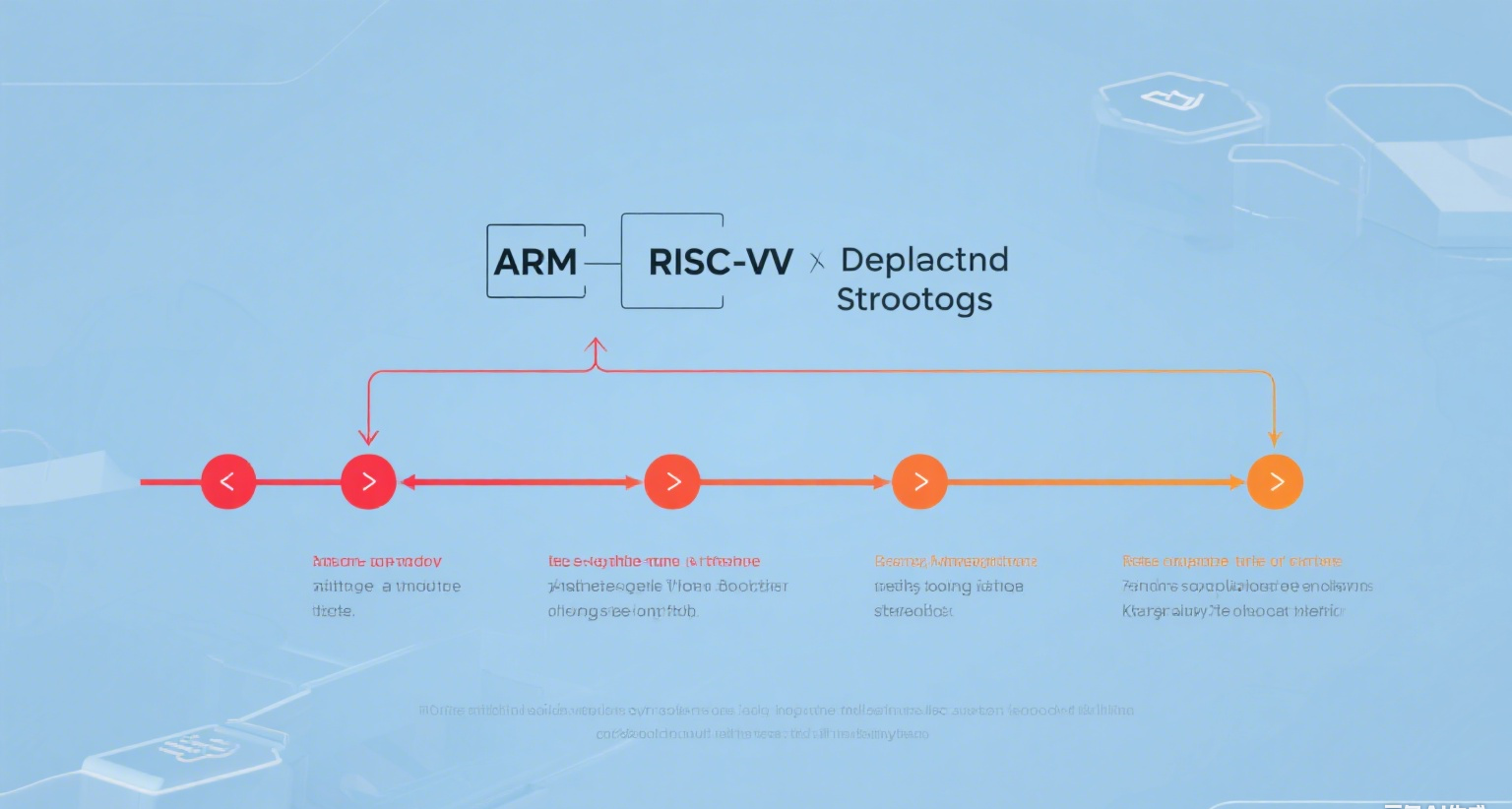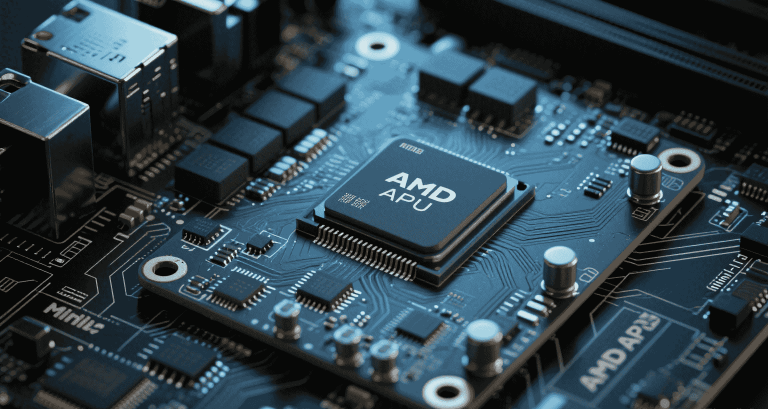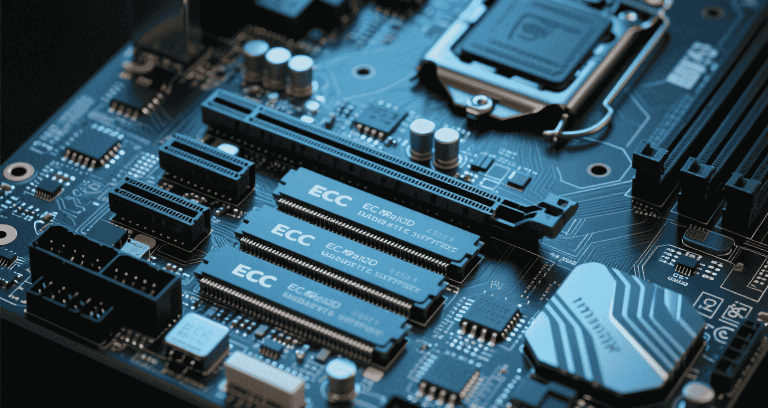ARM vs RISC-V: Architecture, Ecosystem, and Deployment Strategies

Choosing between ARM and RISC-V is a critical decision for embedded engineers, SoC integrators, and system architects. This guide will help you evaluate the core technical, business, and practical aspects of each architecture to inform your choice.
Table of Contents
- Introduction
- Instruction Set and Microarchitecture Fundamentals
- Licensing Models and Business Considerations
- Ecosystem Maturity and Software Support
- Verification, Compliance, and Interoperability
- Debugging, Profiling, and Development Tools
- Performance and Power Efficiency
- Security and Functional Safety
- Scalability, Customization, and Hardware Accelerators
- Cost, Time-to-Market, and Supply Chain Factors
- Real-World Adoption and Case Studies
- Future Roadmap and Recommendations
Introduction
Choosing between ARM and RISC-V is no longer just a question of performance. It influences licensing freedom, supply chain strategy, security posture, and your ability to innovate. This guide aims to give you a balanced perspective.
- Why it matters: ARM dominates mobile and embedded; RISC-V offers openness and customization.
- Scope: Architecture, ecosystem readiness, security, scalability, and deployment practices.
- Audience: Embedded designers, hardware architects, and business decision-makers.
By the end, you’ll have a clear framework for evaluating which ecosystem aligns with your project goals.
Instruction Set and Microarchitecture Fundamentals
At the heart of the decision lies each platform’s instruction set architecture (ISA). ARM has decades of refinement behind its RISC lineage, while RISC-V starts from a modular, extensible foundation.
- ARM: Rich legacy features including Thumb-2 (16-bit encoding), NEON SIMD extensions, and SVE for scalable vector workloads.
- RISC-V: A clean-slate design with a small base ISA and optional extensions (e.g., vector, bit manipulation, cryptography).
- Pipeline and memory systems: ARM cores typically have sophisticated out-of-order pipelines and tightly integrated cache hierarchies, whereas RISC-V implementations range from simple microcontrollers to high-end out-of-order designs.
If you plan to build a high-performance AI accelerator, RISC-V’s modularity allows custom instructions, but ARM’s mature cores can deliver predictable performance with optimized compiler support.
“The RISC-V approach can feel liberating to architects but demands more verification work to reach ARM-like reliability.”
Licensing Models and Business Considerations
Beyond technical factors, licensing can drive your total cost of ownership and geopolitical exposure.
- ARM Licensing: Typically requires an architecture license (to design custom cores) or a core license (to integrate pre-built cores).
- RISC-V: The ISA is open-source and royalty-free, though commercial cores (e.g., SiFive) often charge for support and IP.
- Export Controls: ARM IP is subject to jurisdictional controls; RISC-V reduces vendor lock-in but requires diligence around proprietary implementation dependencies.
If your business model requires cost predictability and legal simplicity, ARM’s established agreements can be an advantage. For innovators prioritizing freedom, RISC-V offers more flexibility.
Ecosystem Maturity and Software Support
Software support is a deciding factor for many embedded teams. While ARM benefits from decades of ecosystem development, RISC-V has closed much of the gap in recent years.
- Compilers: GCC and LLVM have robust support for both ISAs, though ARM is generally more mature.
- OS Readiness: Linux, Zephyr, and FreeRTOS all support RISC-V, but driver coverage is broader on ARM.
- Toolchains: Commercial toolchains and middleware are more prevalent for ARM.
For time-critical deployments, I recommend verifying RISC-V BSP and middleware maturity before committing. Software porting can consume significant resources.
“Compiler bugs are a hidden cost in early-stage RISC-V deployments; robust QA is essential.”
Verification, Compliance, and Interoperability
Ensuring ISA compliance is critical for portability and ecosystem trust.
- ARM: Rigid compliance programs and proven formal verification flows.
- RISC-V: Open compliance suites, but fragmentation risk due to optional extensions.
- Interoperability: Custom extensions can break compatibility if not carefully managed.
For embedded safety systems, I suggest sticking to standard extensions and investing in compliance validation tools like Imperas or OneSpin.
Debugging, Profiling, and Development Tools
Your development experience hinges on tool support.
- ARM: Rich JTAG probe ecosystem (Segger, Lauterbach), powerful trace capabilities (ETM, PTM).
- RISC-V: Growing support with OpenOCD, SiFive Insight, and Trace32.
- Instrumentation: ARM cores offer mature performance counters and profiling tools.
If you have tight deadlines, ARM tools can accelerate development; RISC-V toolchains are improving quickly but may require additional validation time.
“Developer experience is often overlooked; investing in proven toolchains can save months of frustration.”
Performance and Power Efficiency
Evaluating core performance and efficiency is essential.
- ARM: High-end Cortex-A cores deliver excellent DMIPS/Watt; Cortex-M excels in ultra-low power domains.
- RISC-V: Implementations vary; some match ARM M-class efficiency, others are still maturing.
- Thermal Scaling: Smaller nodes amplify power density, requiring careful thermal management.
| Benchmark | ARM Cortex-A76 | RISC-V U74 |
|---|---|---|
| CoreMark | 6.0/MHz | 5.2/MHz |
| DMIPS | 4.5/MHz | 4.0/MHz |
In my experience, ARM retains an efficiency edge in high-end cores, but RISC-V is closing the gap rapidly.
Security and Functional Safety
Security features and certifications can be non-negotiable.
- ARM: TrustZone, secure boot, crypto acceleration, and extensive safety certifications.
- RISC-V: Early efforts like MultiZone Security and CHERI are promising but less mature.
- Functional Safety: ARM has more pre-certified IP for ISO 26262 and IEC 61508.
When designing automotive or medical systems, ARM’s mature safety portfolio remains a safer bet.
Scalability, Customization, and Hardware Accelerators
If your project requires specialized workloads, both ecosystems offer extensibility.
- ARM: SVE for vector workloads, DSP extensions, and optional cryptographic accelerators.
- RISC-V: Custom instructions and extensions to embed AI or DSP acceleration.
- Interconnect Standards: ARM AMBA vs. RISC-V TileLink and AXI interoperability.
RISC-V is particularly attractive if you need to tailor the ISA for proprietary algorithms.
Cost, Time-to-Market, and Supply Chain Factors
Cost and supply chain resilience are often decisive.
- ARM: Higher upfront licensing, but a mature ecosystem and faster time-to-market.
- RISC-V: Lower licensing costs but higher integration effort and ecosystem fragmentation risks.
- Supply Chain: RISC-V offers more regional autonomy in sensitive sectors.
If speed is your priority, ARM’s reference designs can shave months off schedules.
Real-World Adoption and Case Studies
ARM remains dominant in mobile and automotive, while RISC-V gains traction in IoT and AI accelerators.
- ARM: Deployed in billions of devices worldwide, including Qualcomm Snapdragon and NXP i.MX.
- RISC-V: SiFive cores, Alibaba’s Xuantie, and Western Digital controllers.
- Regional Initiatives: China, India, and Europe invest heavily in RISC-V sovereignty.
It’s critical to assess vendor roadmaps and community momentum for your target market.
Future Roadmap and Recommendations
ARM and RISC-V both have ambitious roadmaps.
- ARM: ARMv9 introduces Confidential Compute, enhanced SVE, and improved AI acceleration.
- RISC-V: Vector, hypervisor, and secure enclave extensions maturing quickly.
- Selection Tips: Match roadmap maturity to your product lifecycle and risk tolerance.
As you decide, weigh platform stability, supply chain factors, and long-term flexibility carefully. For additional resources, consider browsing MiniITXboard.


